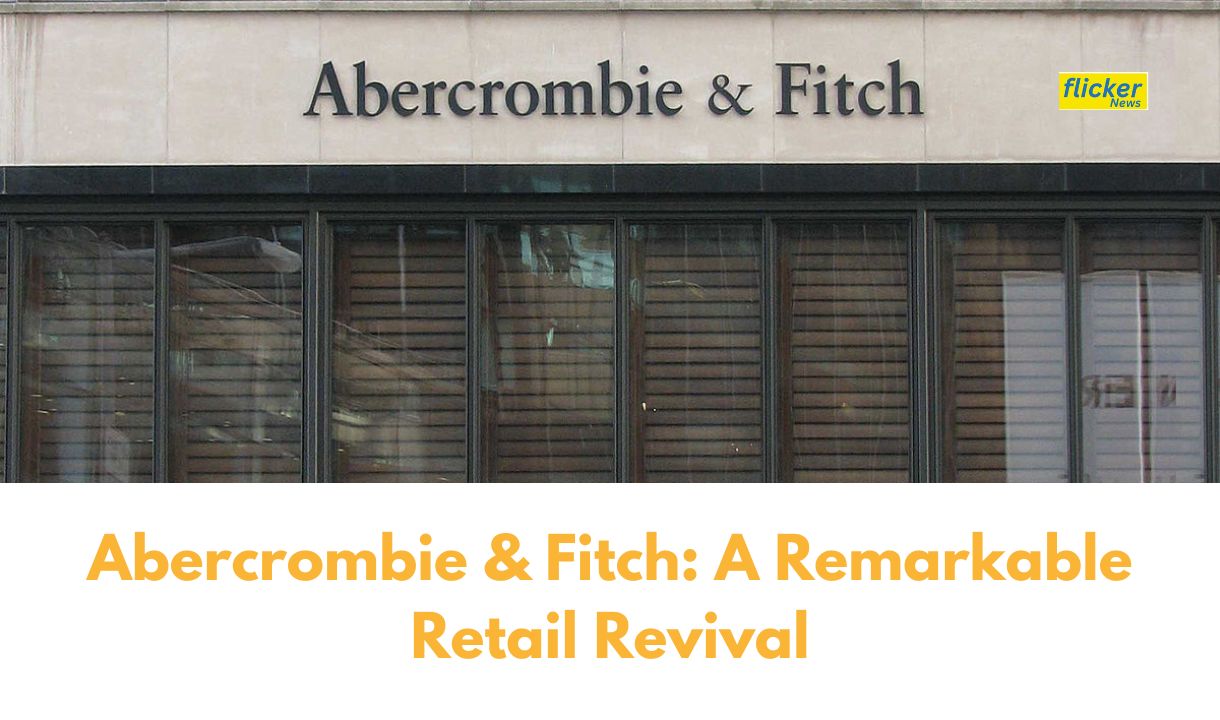Abercrombie & Fitch, once a pariah in the retail world, has made a stunning comeback, reporting a 21% increase in year-over-year revenue for the second quarter of 2024. This resurgence comes as the brand has successfully rebranded itself, appealing to a new generation of consumers while leaving behind its controversial past.
The company’s latest earnings report revealed that it generated $1.13 billion in revenue, surpassing analysts’ expectations. This growth is part of a broader trend, as Abercrombie’s stock has skyrocketed by approximately 285% over the past year, making it one of the top performers on the S&P index. Despite a slight dip in stock price following the earnings announcement—down about 10% in premarket trading—analysts remain optimistic about the retailer’s future, with a projected sales increase of 12% to 13% for the full year.
Abercrombie’s transformation began in earnest in 2017 under CEO Fran Horowitz, who shifted the brand’s focus from exclusivity to inclusivity. This strategic pivot included expanding size offerings and revamping marketing tactics to feature a diverse range of models. The introduction of the Curve Love line, which caters to curvier customers, has been particularly successful, now accounting for nearly half of the women’s denim segment.
$ANF Abercrombie & Fitch reported earnings
— invesdea💰Investing Ideas (@theinvesdea) August 28, 2024
Q2 fiscal 2024 ended August 3, 2024
- Revenue: $1.13B, +21% YoY
- Net income: $133.2M, +134% YoY
- EPS: $2.50 vs $1.10 in Q2 2023
- Comparable sales: +18% YoY
CEO Fran Horowitz: "Our team continued to execute at a very high level in… pic.twitter.com/vL9O070G5C
The brand’s recent success can also be attributed to its innovative product lines, including the launch of the A&F Wedding Shop Collection, which has resonated with young consumers preparing for various social events. This diversification reflects Abercrombie’s commitment to adapting to changing consumer preferences, moving beyond casual wear to encompass a wider array of styles.
Abercrombie’s resurgence is not merely a flash in the pan. The company has generated over $4 billion in revenue in the last fiscal year, signaling a robust recovery. Analysts credit the brand’s focus on quality materials and well-fitting designs, which stand in stark contrast to the fast fashion trend of producing cheap, disposable clothing.
As the brand continues to evolve, it has also embraced digital marketing and social media collaborations, allowing it to connect with younger audiences organically rather than relying on the aggressive marketing tactics of its past. This approach has helped Abercrombie transition from being a “well-kept secret” in fashion to a beloved brand once again.
Conclusion : Abercrombie & Fitch
In conclusion, Abercrombie & Fitch’s remarkable turnaround is a testament to the power of strategic rebranding and a deep understanding of consumer needs. As the retailer navigates the complexities of the current economic landscape, its focus on inclusivity, quality, and customer engagement positions it for continued success in the competitive fashion market.




